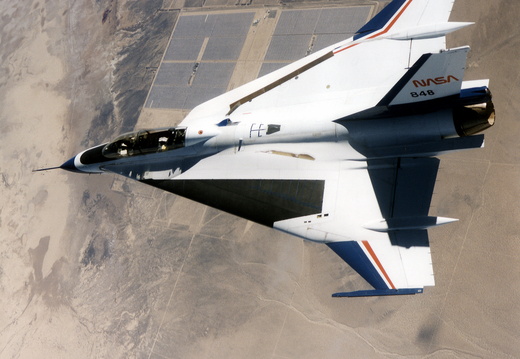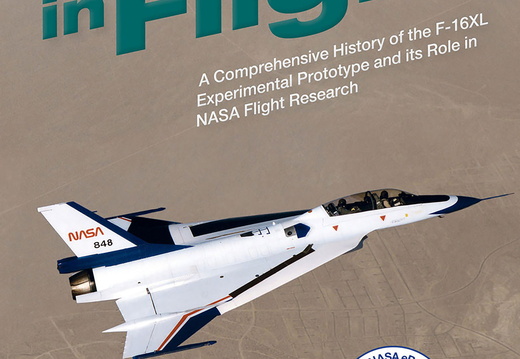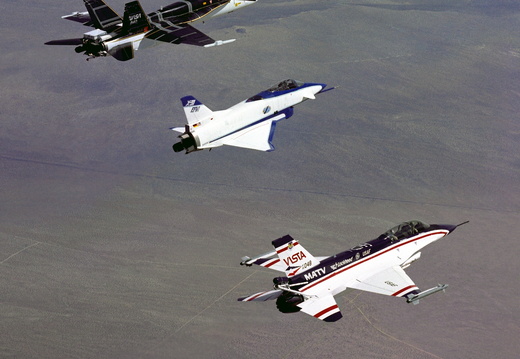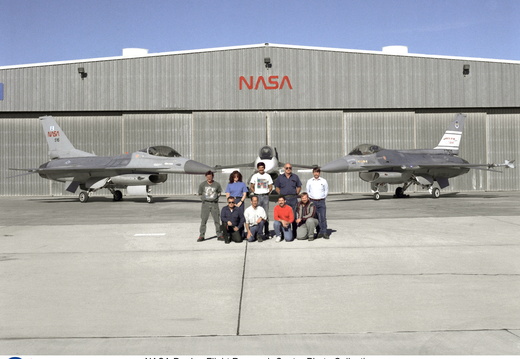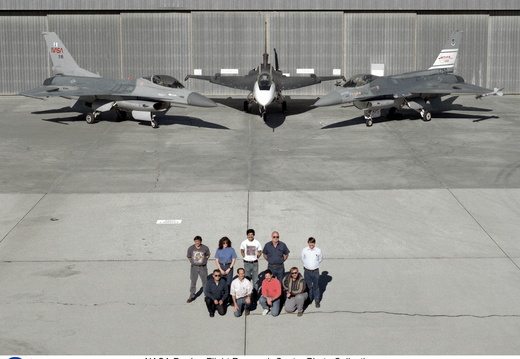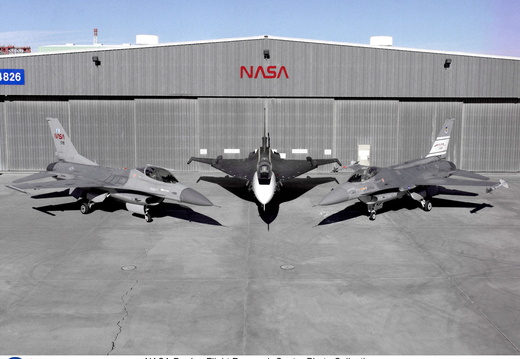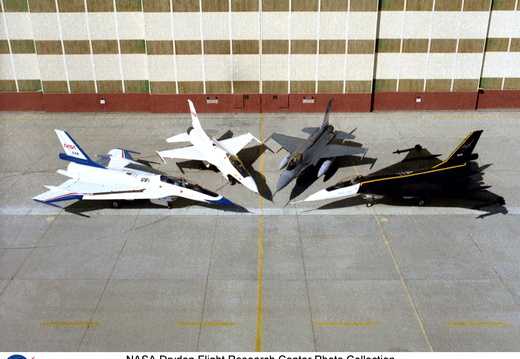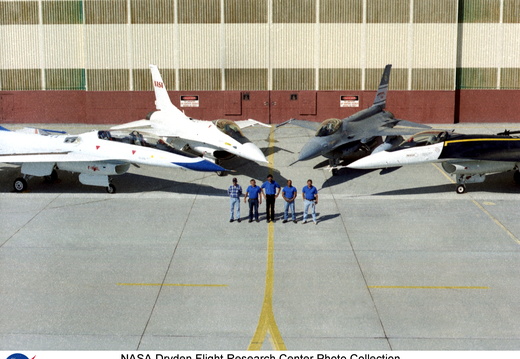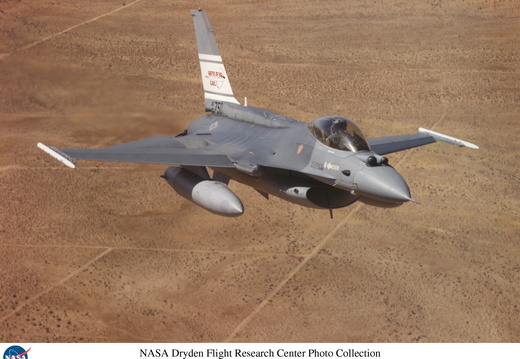
F-16AFTI
The testbed aircraft, seen here in flight over the desert at NASA's Dryden Flight Research Center, Edwards, California, was called the Advanced Fighter Technology Integration (AFTI) F-16. The tests demonstrated technologies to improve navigation and the pilot's ability to find and destroy enemy ground targets day or night, including adverse weather. The aircraft--an F-16A Fighting Falcon (Serial #75-0750)--underwent numerous modifications. A relatively low-cost testbed, it evaluated the feasability of advanced, intergrated-sensor, avionics, and flight control technologies.
During the first phase of the AFTI/F-16 program, which began in 1983, the aircraft demonstrated voice-actuated commands, helmet-mounted sights, flat turns, and selective fuselage pointing using forward-mounted canards and a triplex digital flight control computer system.
The second phase of research, which began in the summer of 1991, demonstrated advanced technologies and capabilities to find and destroy ground targets day or night, and in adverse weather while using maneuverability and speed at low altitude. This phase was known as the close air support and battlefield air interdiction (CAS/BAI) phase.
Finally, the aircraft was used to assess the Automatic Ground Collision Avoidance System (Auto - GCAS), a joint project with the Swedish Government. For these tests, the pilot flew the aircraft directly toward the ground, simulating a total loss of control. The GCAS was designed to take command in such emergencies and bring the aircraft back to level flight.
The AFTI F-16 program ended at Dryden on November 4, 1997 after 15 years and over 700 research flights. The USAF continued to fly the aircraft until retiring it to the Air Force Museum on January 9, 2001.
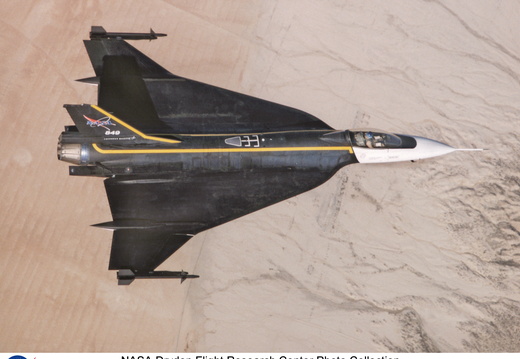
F-16XL-1
